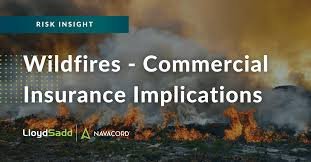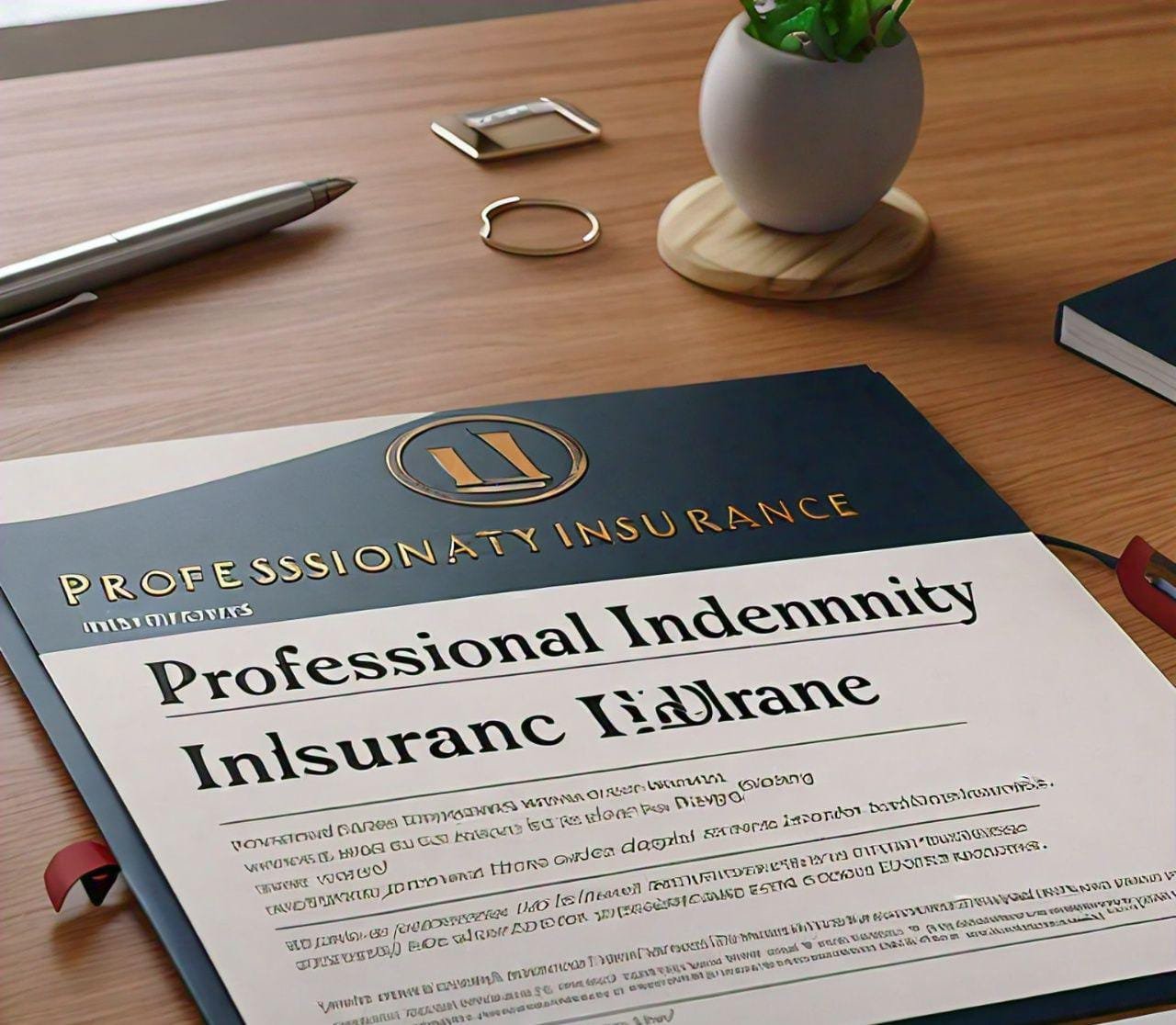Wildfire Insurance: Understanding the Risks and Coverage Options
Wildfires are a growing concern for homeowners and businesses alike, especially in regions prone to dry and hot climates. The devastating impact of wildfires can result in significant property damage, displacement, and even loss of life. As the frequency and severity of wildfires continue to increase, it’s essential to understand the risks and coverage options available through wildfire insurance.
Understanding the Risks
Wildfires can occur suddenly and without warning, spreading rapidly due to strong winds, dry vegetation, and other factors. The risks associated with wildfires are multifaceted:
- Property Damage: Wildfires can destroy homes, businesses, and infrastructure, resulting in significant financial losses.
- Personal Injury: Wildfires can cause injuries and fatalities, both directly and indirectly, through smoke inhalation, burns, and other hazards.
- Environmental Impact: Wildfires can lead to soil erosion, water pollution, and loss of biodiversity, affecting local ecosystems and wildlife.
- Displacement: Wildfires can force evacuations, displacing individuals and families, and disrupting daily life.
Wildfire Insurance Coverage Options
Wildfire insurance is a specialized type of insurance designed to protect homeowners and businesses from the financial consequences of wildfires. Coverage options vary depending on the insurer and policy, but may include:
- Dwelling Coverage: Replaces or repairs damaged homes and structures.
- Personal Property Coverage: Replaces or repairs damaged personal belongings, such as furniture, clothing, and electronics.
- Additional Living Expenses: Covers temporary housing, food, and other living expenses while the policyholder is displaced.
- Liability Coverage: Protects policyholders from lawsuits resulting from wildfires, such as damage to neighboring properties.
- Business Interruption Coverage: Reimburses businesses for lost income and expenses due to wildfire-related closures.
Factors Affecting Wildfire Insurance Premiums
A number of variables impact wildfire insurance premiums, including:
- Location: Properties located in high-risk wildfire areas, such as California, Colorado, and Oregon, may face higher premiums.
- Property Type: Homes and businesses with wood shake roofs, wooden decks, or other combustible materials may be considered higher risk.
- Defensible Space: Properties with well-maintained defensible spaces, such as cleared vegetation and fire-resistant materials, may qualify for lower premiums.
- Fire Suppression Systems: Properties equipped with fire suppression systems, such as sprinkler systems, may be eligible for discounts.
Tips for Homeowners and Businesses
To mitigate the risks associated with wildfires and ensure adequate coverage, homeowners and businesses should:
- Create a Defensible Space: Remove any combustible plants, trash, or objects from the area surrounding the property.
- Install Fire-Resistant Materials:Choose fire-resistant roofing, siding, and decking materials.
- Maintain Fire Suppression Systems: Regularly inspect and maintain fire suppression systems.
- Review and Update Policies: Regularly review and update wildfire insurance policies to ensure adequate coverage.
- Stay Informed: Stay informed about local wildfire risks, evacuation procedures, and emergency services.
In conclusion, wildfire insurance is a vital component of disaster preparedness and risk management. By understanding the risks and coverage options, homeowners and businesses can take proactive steps to protect their properties and financial well-being. As the threat of wildfires continues to grow, it’s essential to stay informed, prepared, and protected.










